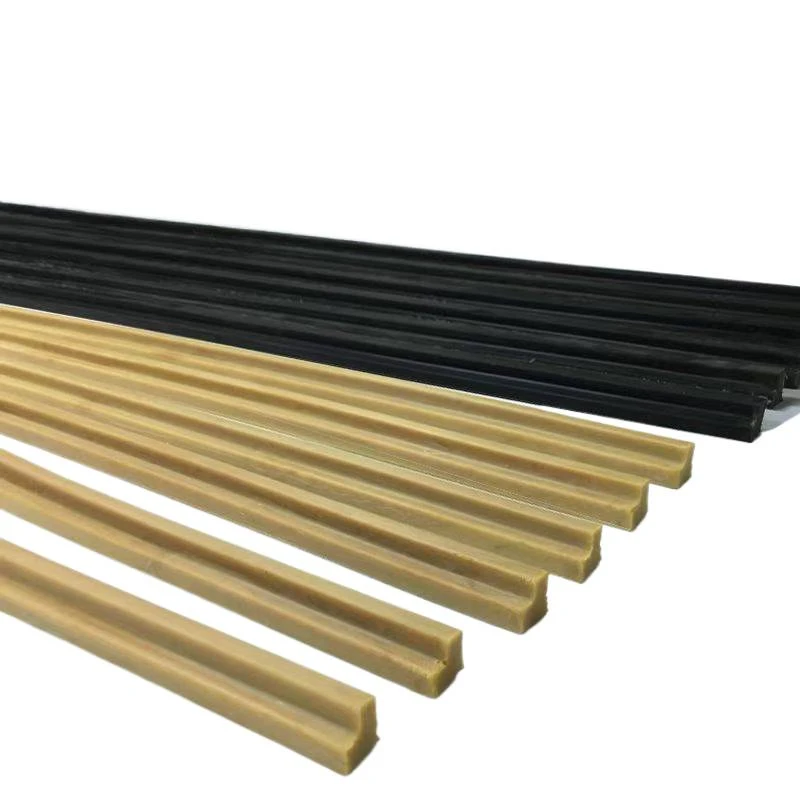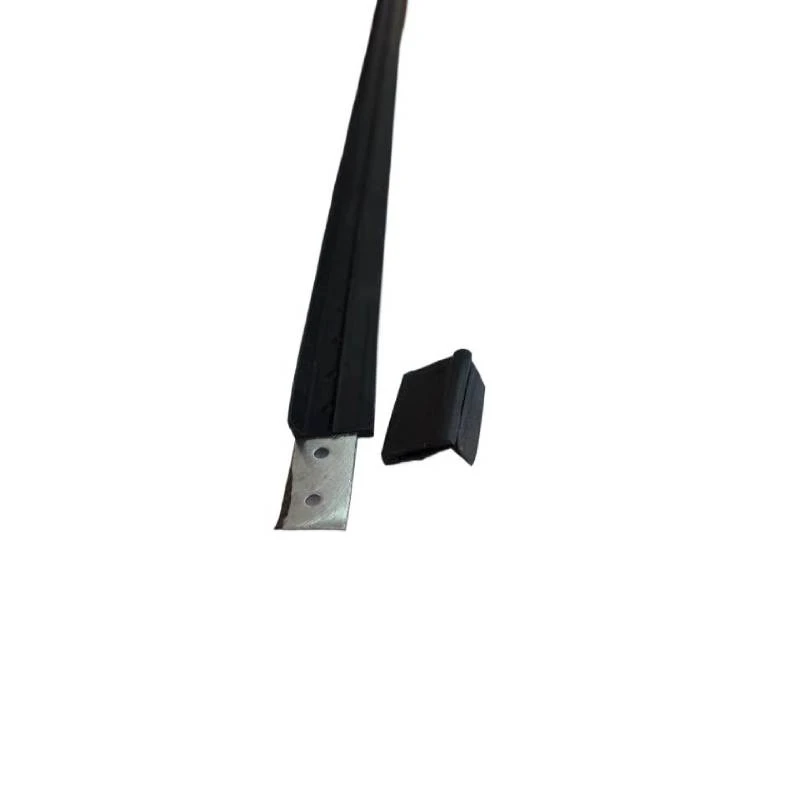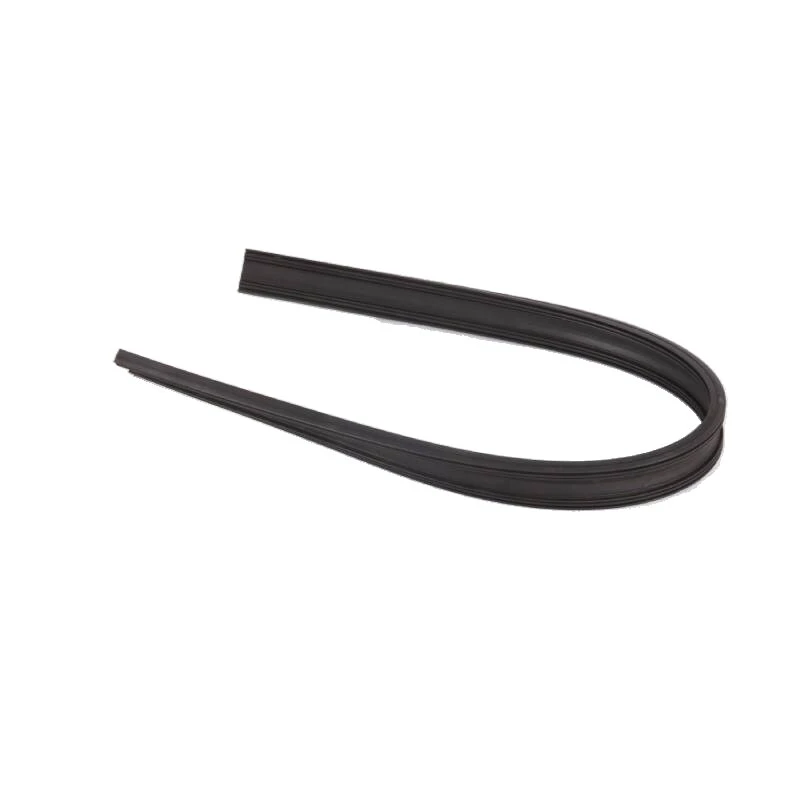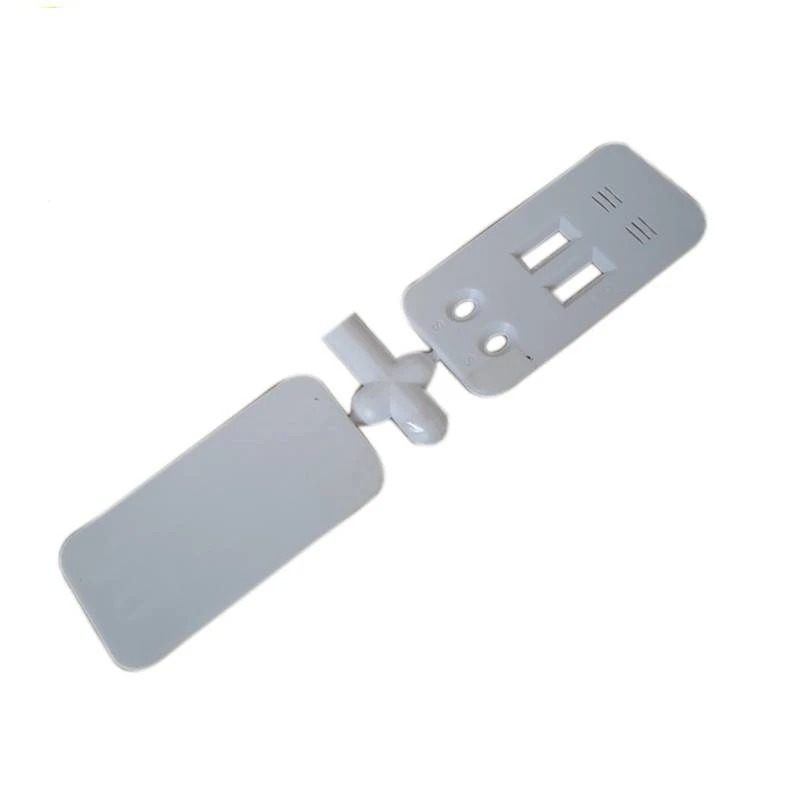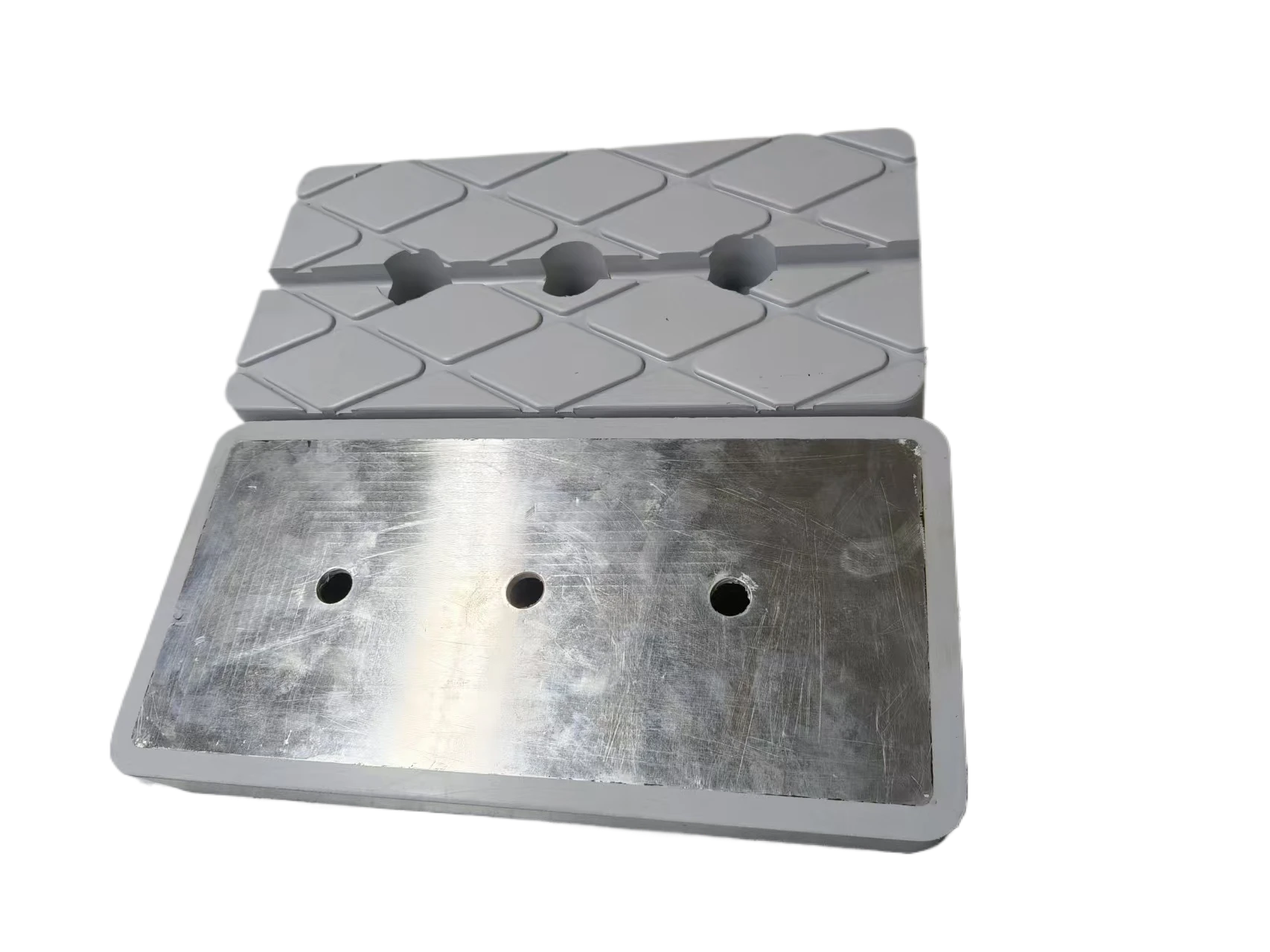
- Afrikaans
- Albanian
- Amharic
- Arabic
- Armenian
- Azerbaijani
- Basque
- Belarusian
- Bengali
- Bosnian
- Bulgarian
- Catalan
- Cebuano
- chinese_simplified
- chinese_traditional
- Corsican
- Croatian
- Czech
- Danish
- Dutch
- English
- Esperanto
- Estonian
- Finnish
- French
- Frisian
- Galician
- Georgian
- German
- Greek
- Gujarati
- haitian_creole
- hausa
- hawaiian
- Hebrew
- Hindi
- Miao
- Hungarian
- Icelandic
- igbo
- Indonesian
- irish
- Italian
- Japanese
- Javanese
- Kannada
- kazakh
- Khmer
- Rwandese
- Korean
- Kurdish
- Kyrgyz
- Lao
- Latin
- Latvian
- Lithuanian
- Luxembourgish
- Macedonian
- Malgashi
- Malay
- Malayalam
- Maltese
- Maori
- Marathi
- Mongolian
- Myanmar
- Nepali
- Norwegian
- Norwegian
- Occitan
- Pashto
- Persian
- Polish
- Portuguese
- Punjabi
- Romanian
- Russian
- Samoan
- scottish-gaelic
- Serbian
- Sesotho
- Shona
- Sindhi
- Sinhala
- Slovak
- Slovenian
- Somali
- Spanish
- Sundanese
- Swahili
- Swedish
- Tagalog
- Tajik
- Tamil
- Tatar
- Telugu
- Thai
- Turkish
- Turkmen
- Ukrainian
- Urdu
- Uighur
- Uzbek
- Vietnamese
- Welsh
- Bantu
- Yiddish
- Yoruba
- Zulu
Securing Every Lift: The Importance of the Clevis Hook Safety Latch
Safety is non-negotiable in hoisting operations, and the clevis hook safety latch stands as a critical component that ensures every load is lifted and secured with confidence. Designed to prevent accidental detachment, the clevis hook safety latch enhances control, boosts productivity, and minimizes risk across industrial and construction environments.
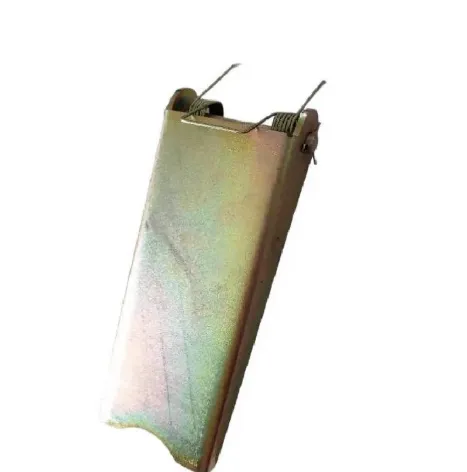
What Is a Clevis Hook Safety Latch and Why It Matters
A clevis hook safety latch is a mechanical gate or catch that fits into a clevis hook to keep the attached chain or sling in place during lifting. Unlike open hooks that expose the load to the possibility of slipping out, a safety latch serves as a physical barrier to ensure the load stays securely engaged until intentionally released.
This component plays an essential role in high-stakes lifting operations, especially in vertical and angular hoisting. Its structure often includes a spring-loaded pin and a locking tab that snaps shut once the lifting device is in place. Whether used on cranes, chain blocks, or lifting slings, the clevis hook safety latch is an indispensable accessory for reducing hazards and meeting modern safety standards.
The Critical Role of the Clevis Hook Safety Latch in Hoisting Operations
Every time a load is lifted in an industrial setting, the integrity of the hoisting equipment must be assured. The clevis hook safety latch provides peace of mind and mechanical certainty. In overhead crane operations, for instance, accidental unhooking can lead to catastrophic accidents. With a durable crane safety latch, the hook remains locked in place, securing the load even in sudden stops or unexpected swings.
Moreover, regulations from OSHA and other international safety bodies increasingly require the use of safety latch mechanisms in hoisting applications. Employers across manufacturing, shipping, and construction sectors rely on clevis hook safety latch designs to meet compliance while enhancing operational efficiency. The added security also helps reduce equipment damage and costly downtime from dropped loads or entangled rigging.
Design and Structural Innovations of the Clevis Hook Safety Latch
Over time, the clevis hook safety latch has evolved from simple spring clips to advanced high-tension, wear-resistant mechanisms built for heavy-duty applications. These latches are typically made from forged alloy steel or stainless steel to ensure strength and resistance to corrosion, abrasion, and mechanical fatigue.
A modern safety latch design includes a dual-locking mechanism for extra reliability, as well as a reinforced hinge system to withstand vibration and repetitive movement. In high-capacity applications like crane lifting, the crane safety latch is engineered with thicker gauge metals, secure rivets, and tension-calibrated springs that keep the latch engaged under extreme tension.
Many clevis hook safety latch products now come with ergonomic features such as tool-free installation, quick-release triggers, and universal compatibility with different hook sizes. These upgrades significantly simplify routine operations while maintaining top-tier safety standards.
Versatility of Clevis Hook Safety Latch in Industrial Applications
From shipyards to steel mills, the clevis hook safety latch is used in a wide range of demanding environments. In mining operations, where debris, vibration, and moisture can interfere with lifting gear, the safety latch keeps the hook point secure and the load stable. In rigging and logistics, these latches prevent chain slippage during rapid loading and unloading.
The crane safety latch is especially vital for mobile cranes and tower cranes where sway and shock loads are common. By locking the lifting element in place, these latches reduce the risk of unintended disengagement, which can occur during complex, multi-axis movements. The reliability of the clevis hook safety latch ensures continued performance even after prolonged use in aggressive work environments.
Clevis Hook Safety Latch FAQs
What is the primary function of a clevis hook safety latch?
Its main role is to prevent accidental detachment of chains, cables, or slings from the hook, enhancing overall lifting safety and minimizing risks in industrial operations.
How does a safety latch improve lifting safety in crane systems?
The safety latch ensures the load remains locked onto the hook during movements, preventing drops and ensuring compliance with safety regulations in crane-based hoisting.
Are all clevis hook safety latch designs compatible with standard hooks?
Many are designed for universal compatibility, but some models are tailored to specific hook dimensions. Always verify fit before purchasing or installing.
What are the key features of a high-performance crane safety latch?
High-quality crane safety latch models include forged steel construction, corrosion resistance, a strong return spring, and an easy-to-use locking mechanism.
How often should a clevis hook safety latch be inspected or replaced?
Inspect the latch before every use for signs of wear, deformation, or loss of spring tension. Replace immediately if damage is found, as safety could be compromised.
-
Plastic Pelton Wheel – Lightweight, Cost-Effective Hydropower SolutionsNewsNov.24,2025
-
Durable and Cost-Effective Plastic Sheave Wheels for Modern IndustryNewsNov.24,2025
-
Plastic Spoke Wheel – Lightweight, Durable Wheels for Global Mobility SolutionsNewsNov.24,2025
-
Plastic Stem Casters: Durable, Cost-Effective Mobility Solutions for Every IndustryNewsNov.24,2025
-
Plastic Wheel Roller: Durable, Lightweight Solutions for Modern IndustryNewsNov.24,2025
-
Plastic Wheelchair Wheels: Durable, Affordable Mobility Solutions WorldwideNewsNov.24,2025
-
Small Plastic Casters – Durable, Lightweight Wheels for Global MobilityNewsNov.24,2025



